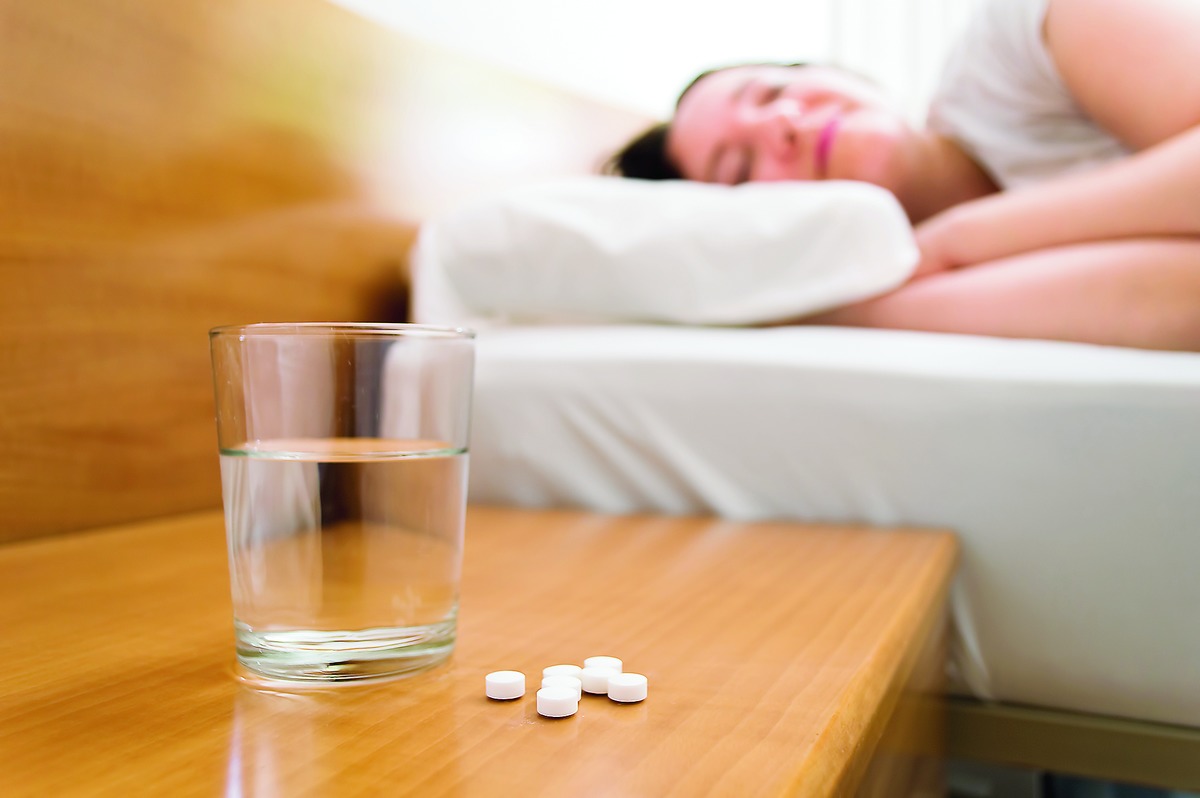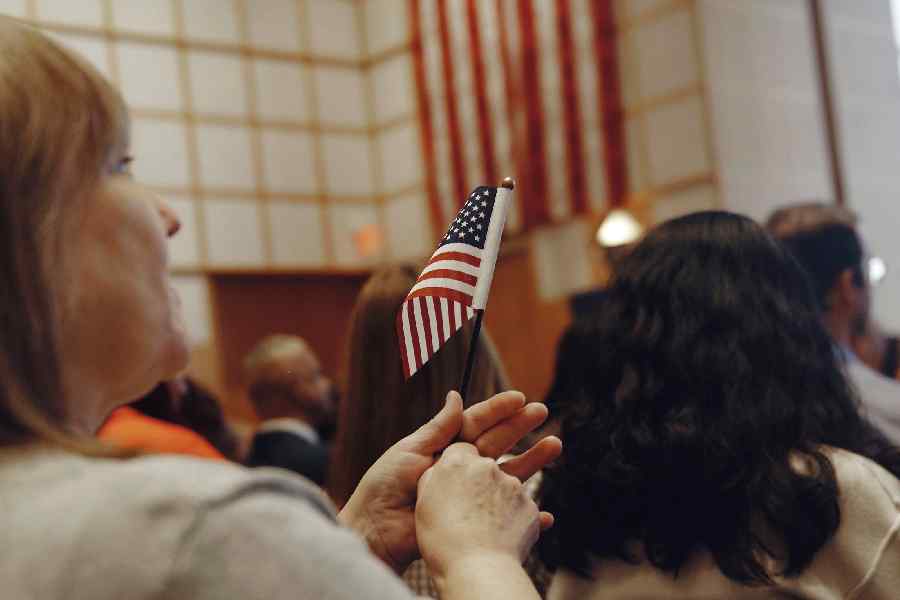
The recent ORBITA trial on the efficacy of angioplasty ("Stent dent", published on May 28) threw up a surprising finding; people who were treated with a sham procedure showed as much improvement as those who had angioplasty. In other words, it was not the treatment that led to an improvement in a patient's health but his or her belief that angioplasty had been performed. So how can one explain the positive effect of the sham procedure? It is a prime example of the so-called placebo effect.
What exactly is a placebo? It is anything that seems to be a "real" medical treatment - but isn't. It could be a pill, a shot, or some other type of "fake" treatment. What all placebos have in common is that they do not contain an active substance meant to affect health. It contains no active ingredient, but can still make a patient feel better.
Some science historians believe that the history of medicine before the nineteenth century is mostly a history of the placebo effect. Most drugs in those days had no useful active ingredients but people did feel better, some were even cured. This can only be explained by what is called the placebo effect.
Placebos play a very important role in clinical trials. In order to prove that a drug works, it is now mandatory to do randomised, blinded clinical trials. In these trials, two sets of patients are given either the drug or a pill that looks exactly like the drug but actually is an inert substance, such as a sugar pill - in other words, a placebo. If statistical tests show that patients who got the drug did better than those who took the placebo, the drug is considered to have a clinical effect.
And it is not just pills. Randomised clinical trials have revealed that an early surgical technique for ischemic heart - in which a chest artery was implanted in the heart muscle - did not work. A trial in which half the patients had a sham surgery showed that whether you did the actual procedure or not, the benefit was the same. The patient only needed to believe that the procedure was done. A similar study done to investigate a common surgical procedure used to treat an osteoarthritic knee also showed that just operating led to an improvement, regardless of whether the procedure was done or not.
Modern scientific medicine first came to grips with the placebo effect when Dr Henry Beecher of the Harvard Medical School published a paper - The Powerful Placebo - in the December 24, 1955, issue of the Journal of the American Medical Association. Beecher, who had been studying the phenomenon for several years, showed that 35 per cent of patients who participated in clinical trials were treated "satisfactorily" by a placebo. Thus, he concluded, placebos do have a clinical effect; it is not entirely a psychological phenomenon.
This paper had a profound effect on medical practice. It was widely quoted by his peers and set off much research to try and find how - and if - placebos worked. The consensus of opinion is that it does work. But how? One explanation is the "expectation effect". When a patient expects that an intervention will work, it causes a drop in their stress hormones, causing a curative effect. This can explain the sort of feeling a good practitioner brings as soon as he arrives at the bedside of the patient. "Just seeing you has made me feel better, doctor," some patients say. And they may be right; his advent may have reduced stress hormone levels, improving symptoms straight away! Another possibility, linked to the expectation idea, is the conditioning theory. When one has a paracetamol tablet, one expects the headache to go away, so a tablet which looks like a paracetamol tablet may have the same effect. We are, in effect, conditioned to believe that medicine will improve us.
Another explanation was offered by researchers working at Northwestern University in Chicago. Marwan Baliki and Vania Apkarian showed, through MRI studies, there was a region in the brain that "lit up" in patients who were benefited by a placebo given to them for the treatment of osteoarthritic pain. This suggests that some of us have a physiological propensity to respond to placebos, at least to painkillers. It has also been shown that placebos can trigger the release of dopamine in the brain. Dopamine is linked to reward pathways in the brain. This could also be an explanation for the effect that placebos produce.
As evidence mounted that placebos have a physiological effect, it was suggested that they may be used to treat certain chronic conditions. And, in fact, they have been used successfully in the treatment of depression (which is strongly linked to reduced dopamine secretion in the brain), erectile dysfunction, coughs, chronic pain and several other conditions.
This is not to say that there is no contrary view. There is a school of thought believing that the physiological effect of placebos has been overstated and placebo pills have no effect whatsoever. However, this is not a widely held view.
The use of placebos in clinical trials is, of course, indispensable. For the general practitioner too, placebos can be a powerful tool to treat some conditions, provided they are used rationally and ethically.
The writer is a doctor who teaches at the Taylor's University School of Medicine in Selangor











